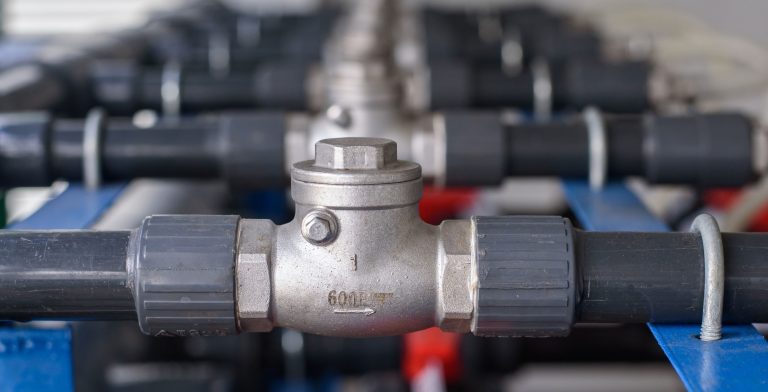What is SDV Valve?
SDV shutdown valve (SDV) also known as the emergency shutdown valve, ESV, ESD, or ESDV, is a critical safety device in process systems. In the event of an emergency such as leaks, overpressure, fires, etc., it receives signals from the central control system, activates promptly to cut off the hazard source, prevents the escalation of accidents, and ensures the safety of personnel and equipment.

SDV valve functions are as follow:
- Interlock with combustible gas detection equipment to automatically shut off gas sources;
- Respond to temperature/pressure over-limit signals to cut off fuel supply;
- Coordinate with fire protection systems for centralized safe closure of gas pipe networks.
How does a SDV Operation?
- Normal status: The valve remains open under normal conditions, with the solenoid valve coil de-energized and no power consumption;
- Emergency activation: Triggered to close via electrical signals, remote control, or fusible plug melting (70±5℃), entering a self-locking state that remains closed even after power loss;
- Manual reset: Requires manual intervention to reopen, ensuring no media leakage until accident handling is completed.
Main types and features.
There are diverse configurations of shut down valves : available in ball valve, gate valve, or butterfly valve structures to meet different working conditions. This valve’s spring-loaded axial self-sealing design ensures tight closure in normally closed states (e.g., in hazardous chemical transportation scenarios). Its valve shell fracture grooves can absorb impact energy, maintaining sealing integrity even if the valve body separates to prevent material leakage.
SDV valve is mainly applied in following fields:
- Gas systems: Safety protection for residential and industrial gas pipe networks, as well as boiler rooms;
- Hazardous chemical transportation: Prevention of collision-induced leaks in tank trucks and tank containers, reducing fire risks;
- LNG industry chain: Critical safety components in LNG tank truck loading/unloading processes.
Some reminders in its installation and maintenance.
- Pipeline cleaning: Thoroughly remove foreign matter before installation to avoid blocking valve cores or damaging sealing surfaces;
- Welding precautions: Keep the valve open during welding to prevent high temperatures from damaging the sealing structure;
- Material specifications: Cast iron or non-metallic materials are prohibited for valve bodies, and flanges must be directly welded to storage tanks.

